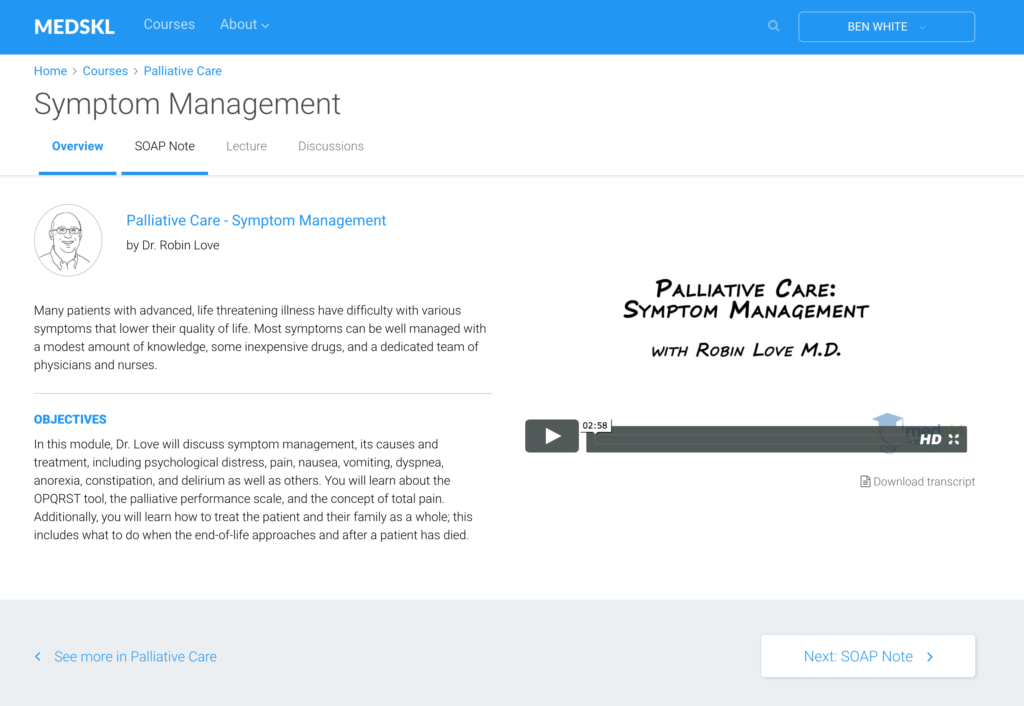Please read and cherish this incredibly cynical essay in Aeon, “Stupefied: How organisations enshrine collective stupidity and employees are rewarded for checking their brains at the office door.” I’m going to superblockquote a chain of some of my favorite parts. Please tell me this doesn’t describe every hospital you’ve ever worked in:
No matter how hard you search there is little – if any – leadership to be found. What most executives actually spend their days doing is sitting in meetings, filling in forms and communicating information. In other words, they are bureaucrats. But being a bureaucrat is not particularly exciting. It also doesn’t look very good on your business card. To make their roles seem more important and exciting than they actually are, corporate executives become leadership addicts. They read leadership books. They give lengthy talks to yawning subordinates about leadership. But most importantly they attend many courses, seminars and meetings with ‘leadership’ somewhere in the title.
Ha, yes.
But often there are very weak reasons for following ‘industry best practice’. For instance, when the Swedish armed forces decided to start using Total Quality Management techniques, some officers naturally asked: ‘Why?’ The response: ‘This is presumably something we benefit from, since this is what they do in the private sector.’ In other words, we should do it because others are doing it.
Applying methods and policies wholesale because they worked somewhere else without then evaluating those changes is a critical role of most middle managers.
At the outset of our research, we suspected that organisational life would be full of stupidities. But we were genuinely surprised that otherwise smart people would go along with collective stupidity, and be rewarded for doing so. Mindlessly following rules and regulations – even if they were completely counterproductive – meant that professionals would be left alone. Using empty leadership talk would get ambitious people promoted into positions of responsibility. Copying other well-known organisations meant a firm could be seen as ‘world-class’. Launching branding initiatives meant that executives could focus on the easier work of manipulating surface images and avoid the much messier realities of organisational life.
This is just brutal.
Working in a stupefied firm often means blinding others with bullshit. A very effective way to get out of doing anything real is to rely on a flurry of management jargon. Develop strategies, generate business models, engage in thought leadership. This will get you off the hook of doing any actual work. It will also make you seem like you are at the cutting edge.
This is what people are hoping to master when they go back for that MBA.
Literally every business/leadership/whatever book I’ve ever read should have been a few blog posts or a short essay. While a lot of people have been piling on recently and calling BS on the organizational psychology and tedious bureaucracy that compose the contemporary large organization, I’m actually tempted to pull the trigger this time and read the book (if only for the refreshingly direct approach).
